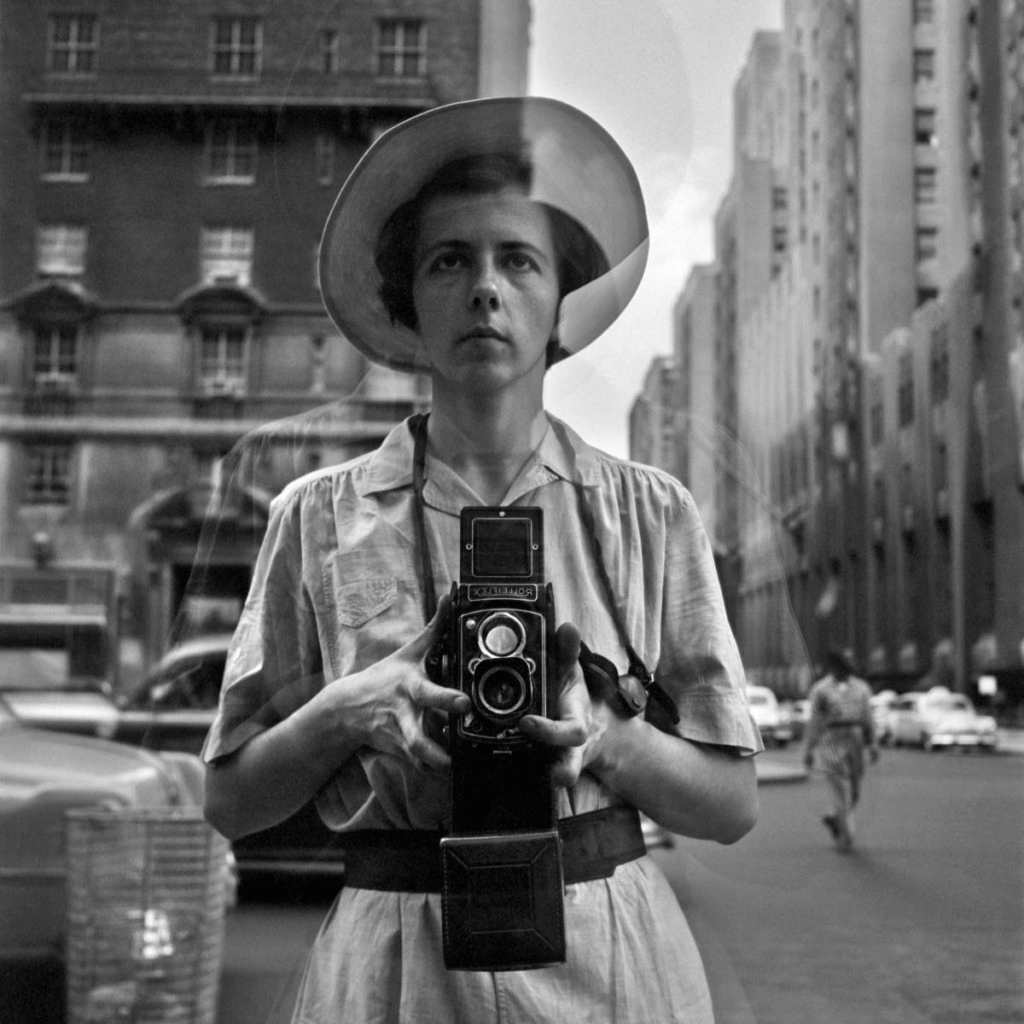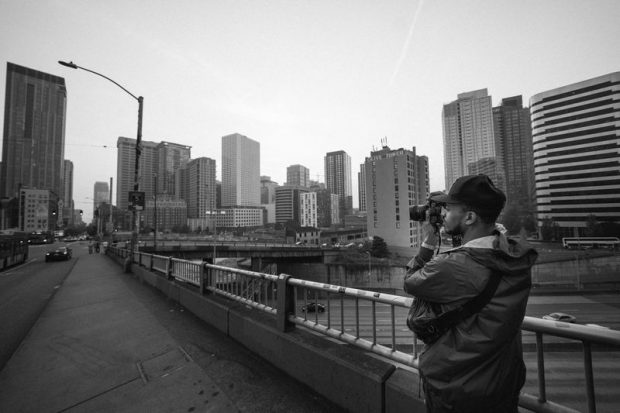See This Report about Framing Streets
See This Report about Framing Streets
Blog Article
Indicators on Framing Streets You Should Know
Table of ContentsFacts About Framing Streets RevealedIndicators on Framing Streets You Should KnowThe Single Strategy To Use For Framing Streets8 Simple Techniques For Framing StreetsAll About Framing Streets4 Easy Facts About Framing Streets Described
Digital photography genre "Crufts Pet dog Program 1968" by Tony Ray-Jones Road photography (additionally sometimes called candid photography) is photography carried out for art or query that features unmediated chance experiences and arbitrary occurrences within public areas, generally with the objective of catching photos at a definitive or emotional moment by mindful framing and timing. 
His boots and legs were well defined, yet he is without body or head, since these were in motion." Charles Ngre, waterseller Charles Ngre. https://pxhere.com/en/photographer/4162802 was the first professional photographer to attain the technical class needed to sign up individuals in movement on the road in Paris in 1851. Photographer John Thomson, a Scotsman dealing with journalist and social activist Adolphe Smith, published Road Life in London in twelve month-to-month installations beginning in February 1877
Framing Streets Things To Know Before You Buy
Eugene Atget is regarded as a progenitor, not since he was the first of his kind, however as a result of the popularisation in the late 1920s of his record of Parisian streets by Berenice Abbott, that was inspired to carry out a similar documentation of New york city City. [] As the city created, Atget aided to promote Parisian streets as a deserving topic for photography.

Excitement About Framing Streets
In between 1946 and 1957 Le Groupe des XV yearly showed work of this kind. Andre Kertesz. Circus, Budapest, 19 May 1920 Street photography created the major material home of two exhibits at the Museum of Modern Art (Mo, MA) in New York curated by Edward Steichen, 5 French Professional Photographers: Brassai; Cartier-Bresson, Doisneau, Ronis, Izis in 1951 to 1952, and Post-war European Digital Photography in 1953, which exported the idea of street photography worldwide.

What Does Framing Streets Mean?
, then a teacher of young kids, associated with Evans in 193839.'s 1958 publication,, was significant; raw and commonly out of focus, Frank's images examined mainstream digital photography of the time, "challenged all the official guidelines laid down by Henri Cartier-Bresson and Walker Evans" and "flew in the face of the wholesome pictorialism and heartfelt photojournalism of American publications like LIFE and Time".
Report this page